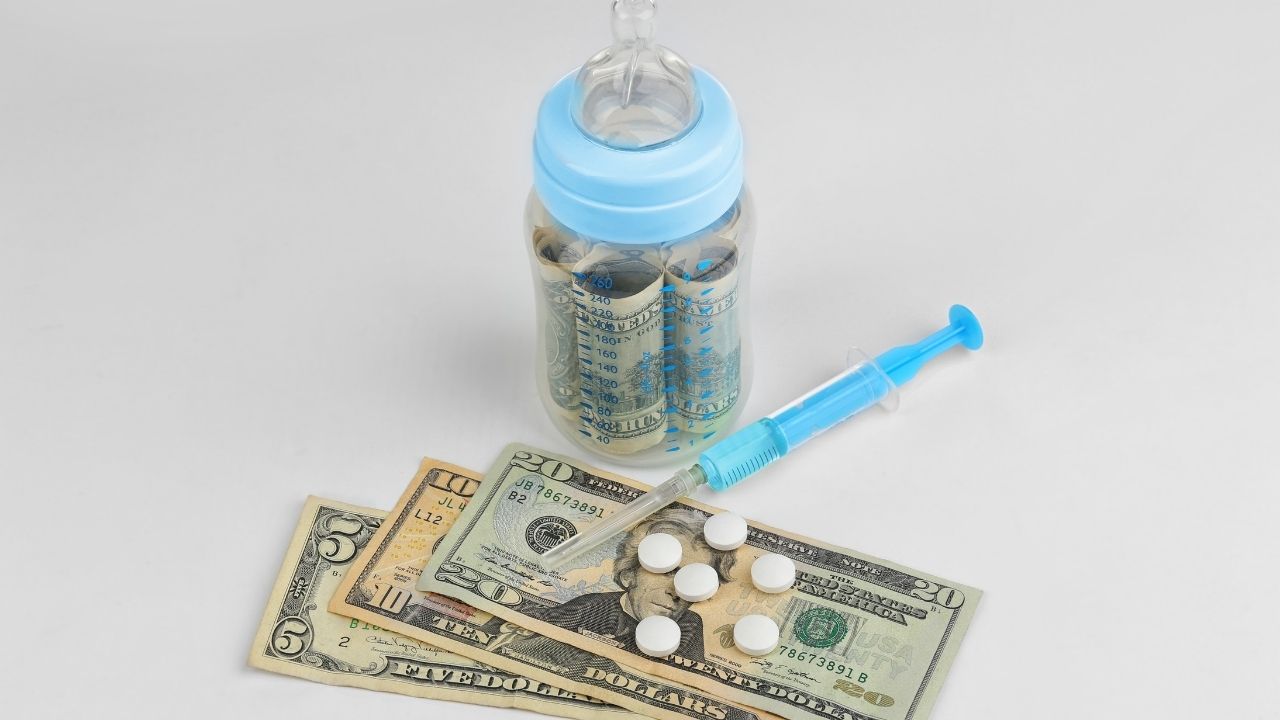New York State has introduced a new financial support program providing a one-time payment of $1,800 to low-income families with newborn children. The initiative, known as the Birth Allowance for Beginning Year (BABY) Benefit, is part of the state’s Fiscal Year 2026 budget and aims to offer targeted economic relief during the early months of parenthood.
Governor Kathy Hochul allocated $8.5 million toward this program, which is expected to benefit more than 4,700 newborns statewide. The payment is automatically distributed to families who meet eligibility criteria, eliminating the need for a separate application process.
Our new BABY Benefit gives eligible parents a one-time payment of $1,800 they can use to ease the financial stress that can come along with a newborn.
As a mom, I know how expensive babies are. It’s why I fight to give New York families a little more money in their pockets. pic.twitter.com/kgmVNZDOom
— Governor Kathy Hochul (@GovKathyHochul) May 24, 2025
Table of Contents
Program Focused on Reducing Infant Financial Stress
The BABY Benefit is intended for families currently receiving public assistance in New York. To qualify, parents must be enrolled in public benefit programs at the time of their child’s birth. The payment is designed to alleviate the financial pressures that come with newborn care, including medical bills, diapers, infant clothing, and feeding supplies.
The assistance is provided once per eligible child. In the case of twins or multiple births, families may receive multiple payments. The child must be born within the state’s fiscal year period to qualify.
State officials noted that the program targets the earliest stages of childhood development, a critical time when financial instability can have long-term effects on a child’s health and well-being.
No Restrictions on Use of Funds
The $1,800 payment is issued as direct cash assistance. It does not carry usage restrictions, giving families flexibility in how they spend the funds. State agencies will not require receipts or track purchases, though the intended use is to support the newborn’s immediate needs. Common uses of the funds may include:
- Diapers, baby wipes, formula, and bottles
- Infant clothing, cribs, and strollers
- Transportation to medical appointments or postpartum checkups
- Temporary utility or rent support during the recovery period
Officials emphasized that allowing families discretion encourages efficient and personalized use of the benefit, addressing varied household needs.
Automatic Distribution Through Public Assistance System
New York’s Office of Temporary and Disability Assistance (OTDA) will administer the program. Eligible families will receive the funds through the same channels used for public assistance benefits, such as EBT cards or direct deposit.
The program is structured for minimal administrative burden and will not require new sign-ups or paperwork for eligible recipients.
| Program Details | Information |
|---|---|
| Program Name | Birth Allowance for Beginning Year (BABY) |
| Payment Amount | $1,800 per child |
| Eligibility | Public assistance recipients |
| Estimated Reach | 4,700+ newborns statewide |
| Administration | NYS Office of Temporary and Disability Assistance |
| Funding Source | FY 2026 New York State Budget |
Supplementary Postpartum Supplies Program
In addition to the cash assistance, the state budget includes a $9 million allocation for the distribution of free diapers and postpartum supplies. These will be provided to low-income families through hospitals, community centers, and nonprofit agencies.
The goal is to complement the financial support with tangible goods to help reduce health and hygiene risks during the postpartum period.
| Supplemental Program | Allocation | Key Items Provided |
|---|---|---|
| Free Diapers and Supplies | $9 million | Diapers, nursing pads, hygiene kits |
| Distribution Channels | Hospitals, local nonprofits | Statewide community partnerships |
| Target Population | Low-income families with newborns |
Part of Larger Anti-Poverty Effort
The BABY Benefit is one of several child-focused policies in the Fiscal Year 2026 budget. Other measures include expanded access to child care, universal free school meals for all K–12 students, and a broadened Child Tax Credit offering up to $1,000 per child under age four.
The combined effort is projected to reduce New York’s child poverty rate by up to 17.7 percent when fully implemented. According to state data, this makes it one of the most ambitious anti-poverty investments in recent history. Further details on rollout schedules, local coordination, and future expansions are expected from the Office of Children and Family Services and OTDA in the coming months.







